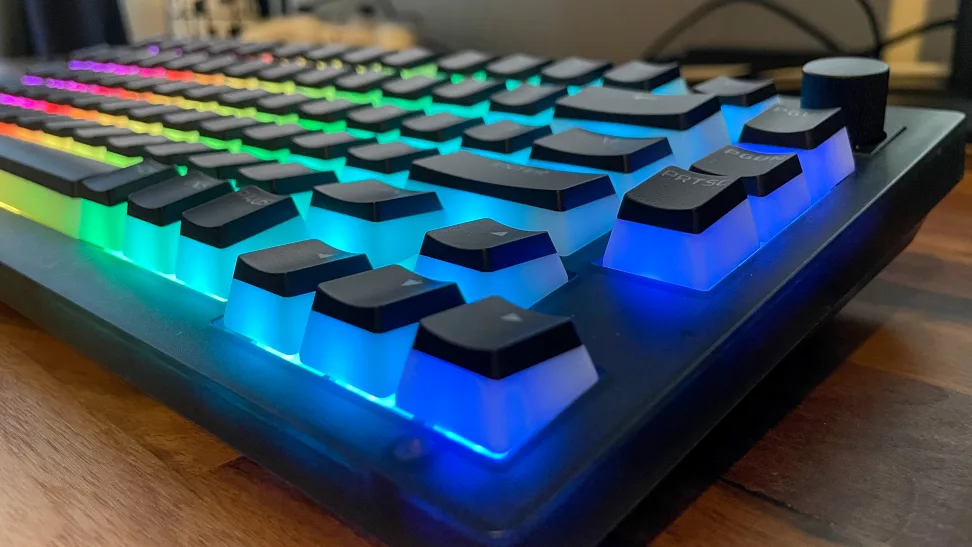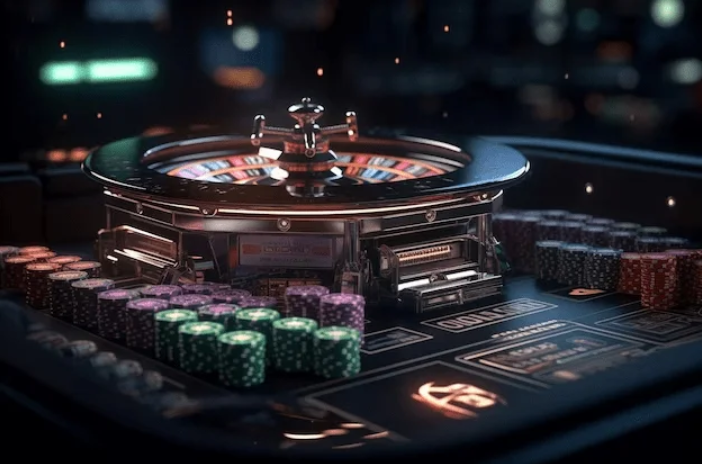The search for the perfect mechanical keyboard can feel like a real quest. It seems like you’ve found “the one,” but something is still missing: uniqueness, different switches, compactness, a different case material — the list of components goes on. This issue can be resolved by building a keyboard tailored to your needs. And you can make it as easily as getting a promising bonus through https://sports.woocasino.com/en-AU/promotions.
Here’s what a mechanical keyboard is, its pros and cons, the components it is based on, and how to choose the right parts.
What Is a Mechanical Keyboard?
There are two main types of keyboards: membrane and mechanical. In a membrane keyboard, a key press is registered when conductive membranes on a circuit board make contact, similar to how remote controls work. In mechanical keyboards, each key uses an individual switch, or “switch”: a small mechanism with a spring, contacts, and a moving element. The switches determine the tactile feel of typing, the sound, key travel, and the actuation force.
Thanks to their construction, mechanical keyboards have several advantages over membrane models:
- Clear tactile feedback improves typing accuracy and speed.
- Keypress signals are transmitted faster than in membrane keyboards.
- Mechanical switches are more durable, capable of withstanding tens of millions of presses, and are easily replaceable if they fail.
- Customizability: You can fine-tune the keyboard by selecting switches with the desired characteristics, replacing keycaps, and even modifying the case.
However, mechanical keyboards also have some downsides, the main one being price. Since each key is made as a separate mechanism, such a keyboard cannot be cheaper than a membrane model.
Another drawback is that mechanical keyboards, unlike membrane ones, are mostly not water-resistant. If you spill tea or water, repairs will be more expensive.
Mechanical Keyboards: A DIY Project for Gamers and More
Before choosing components, it’s important to understand what a mechanical keyboard consists of. Every “mechanical” keyboard includes a printed circuit board (PCB), switches, stabilizers, keycaps, and a case.
Switches are the mechanisms that register key presses. They influence the tactile feel, sound, and actuation force of the key. Switches are categorized by type and are traditionally color-coded to indicate their characteristics and expected feel and sound. The most common colors are red, brown, and blue.
- Linear switches provide smooth, linear keypresses throughout the key’s travel with minimal resistance, offering little to no tactile feedback and almost no sound. The actuation force varies from 45 to 60 grams depending on the model. These switches are ideal for fast-paced games where reaction speed is crucial. Examples include Cherry MX Red, Silent Red, Speed Silver, Nature, and Black.
- Tactile switches have a noticeable bump at the actuation point, allowing you to feel when a keypress is registered. They require an actuation force of 55–80 grams. These switches are typically labeled Brown, Clear, or Gray.
- Clicky switches are similar to tactile ones but produce a louder click. They are not suitable for office use or nighttime typing. Most manufacturers label these switches Blue or Green.
Stabilizers are special mechanisms installed on larger keys like Space, Shift, and Enter. They ensure that these large keys press down smoothly and evenly, guaranteeing accurate actuation, which is especially important in gaming.
Keycaps are the covers placed on the switches and are commonly referred to as keys or buttons. They can be made from various materials but are most often plastic, with different heights, shapes, and textures. Their parameters affect typing comfort and tactile feedback.
Pullers are specialized tools for removing keycaps and extracting switches. There are combined tools as well as separate ones for removing switches and keycaps.
Printed Circuit Board (PCB) is the foundation where all electronic components are located, and where the switches are mounted. Switches can either be soldered onto the board or inserted into sockets for hot-swapping. PCBs come in different sizes, usually indicated as a percentage of the total number of keys on a standard ANSI (104 keys) or ISO (105 keys) keyboard.
- 100%, or full-size, is a full-sized board with a numeric keypad, arrow keys, and Fn keys.
- TKL (TenKeyLess) lacks a numeric keypad but retains function keys and arrow keys.
- 60% is a board without a numeric keypad or separate Fn keys. There are also 75%, 65%, and 40% boards, but they are less common.
Besides size, PCBs vary by connection type: wired or wireless, via 2.4 GHz radio or Bluetooth. Wireless models run on batteries and are less suitable for gamers, who prefer wired connections to avoid lag and unexpected battery drain. However, many wireless models also support a wired connection, making them more versatile. With different connection interfaces, PCBs can support up to three devices, such as a computer, tablet, and TV, and switch between them instantly.
The Case protects the keyboard’s internal components and can be made from different materials.
- Plastic: the most affordable and common material. Plastic cases can be durable and lightweight but may look cheap.
- Metal: aluminum, steel, brass. Metal cases are strong, durable, and have a premium look but are heavier and more expensive than plastic.
- Wood: used for creating unique and stylish keyboards. They look beautiful but are rare due to their cost.
Sound Dampening is a material that mutes the sound of key presses, making it more subdued and eliminating any rattling in the construction. This is important if you live or work with others and don’t want to disturb them during gaming or typing.




